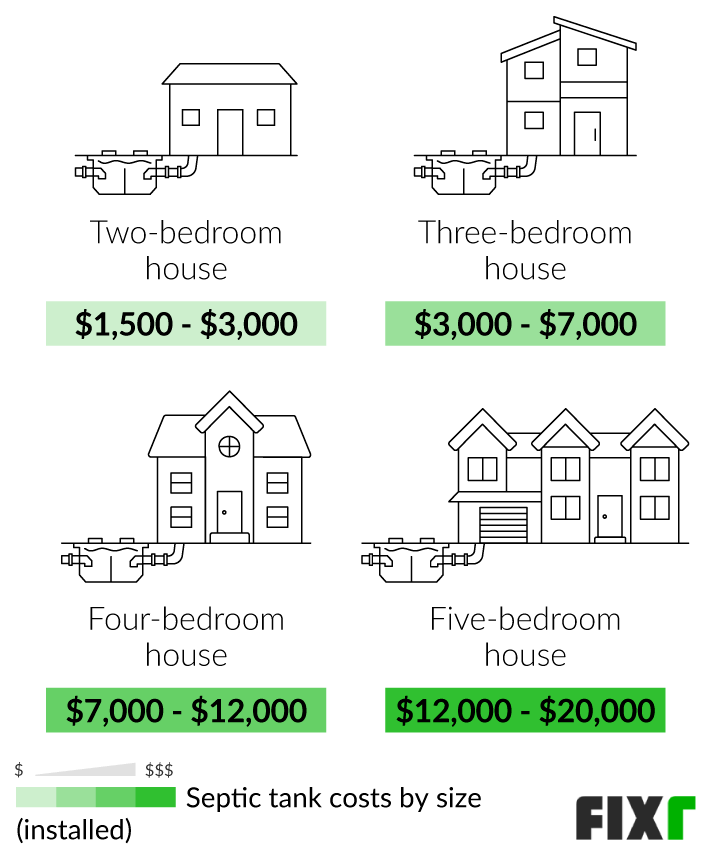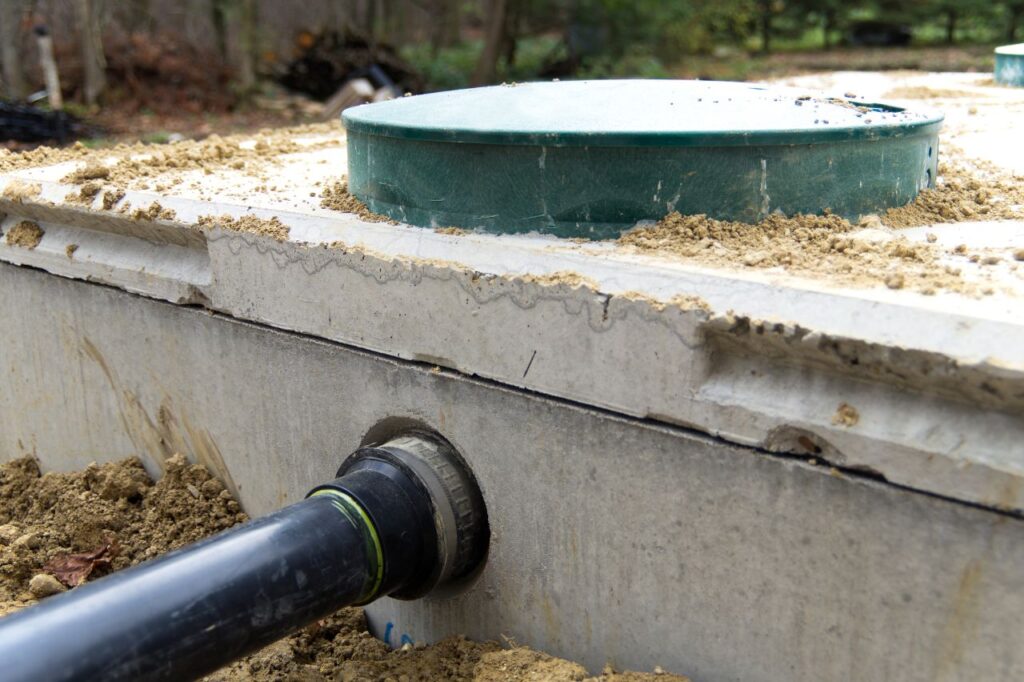Have you ever considered installing a DIY septic system? In the video titled “The Cost Breakdown of a DIY Septic System,” Jacob and Natalie from A Boulder Life Off Grid discuss the expenses involved in building their own septic system.
The video covers various aspects, such as the initial perk test costing $500, the choice of a 1,500-gallon cement tank priced at $1,857, the $50 distribution box, and the challenging trenching process requiring additional equipment and repairs that amounted to $640.
With labor, materials, and equipment, the total cost for their DIY septic system reached $8,532. They highlight that hiring a professional installer would have cost between $11,500 and $16,000, emphasizing the savings achieved by doing it themselves.

Throughout the video, they express their gratitude to subscribers and viewers and provide additional information on taxes, the impact of inflation, and a playlist showcasing the complete project. The content concludes with a thank-you message accompanied by music and applause.
The Cost Breakdown of a DIY Septic System
Septic systems are essential for waste management in areas where a centralized sewer system is not available. If you’re considering installing a septic system on your property, it’s important to understand the costs involved.
While hiring a professional can save you time and effort, opting for a do-it-yourself (DIY) approach can be more cost-effective. In this comprehensive article, we will break down the various costs associated with DIY septic system installation, giving you a complete understanding of what to expect.
Conducting a Perk Test
Before you begin any septic system installation, it’s crucial to conduct a perk test to determine the suitability of your soil for a septic system. This test measures the rate at which water drains from the soil and helps determine the size and type of septic system needed. Conducting a perk test typically costs around $200 to $500, depending on the location and the number of tests required.
Choosing the Septic Tank
The septic tank is the heart of the system, responsible for separating solids from liquids and facilitating the decomposition of organic matter. When choosing a septic tank, several factors need to be considered, such as size, material, and design. The average cost of a septic tank ranges from $500 to $3,000, depending on the size and material. Additional costs may include delivery fees and excavation if the tank needs to be buried.
The Distribution Box (D-Box)
The distribution box, also known as a D-box, evenly distributes effluent from the septic tank to the drain field. It is an essential component of the septic system, ensuring proper wastewater disposal. The D-box can cost around $100 to $300, depending on the size and material. While it may seem like a small expense compared to other components, choosing a high-quality D-box is crucial for the longevity and efficiency of your septic system.
Trenching and Additional Equipment
Installing a septic system involves extensive trenching to lay the necessary pipes and equipment. The cost of trenching can vary depending on the length and depth of the trenches required. Typically, you can expect to spend around $1,000 to $3,000 on trenching equipment rental or purchase.
Additionally, you may need to invest in additional equipment such as a backhoe, excavator, or dump truck to complete the installation process. Renting this equipment for a DIY septic system installation can cost an average of $200 to $500 per day, depending on the duration of the rental and the type of machinery required.
Labor Costs
One of the main cost-saving factors of a DIY septic system installation is the elimination of labor costs. By taking on the project yourself, you can potentially save thousands of dollars on labor fees. However, it’s important to consider the time and effort required to complete the installation. DIY septic system installation can be time-consuming, especially if you have little to no experience in construction or excavation work. It’s essential to factor in your own capabilities and availability before taking on such a project.
Cost Comparison to Hiring a Professional
When comparing the cost of a DIY septic system installation to hiring a professional, it’s important to consider the full scope of work required. Professionals have the necessary experience, equipment, and knowledge to complete the installation efficiently. Hiring a professional can cost anywhere from $5,000 to $15,000 or more, depending on the location and complexity of the installation.
While a DIY approach can save money upfront, it’s important to weigh the potential risks and additional expenses that may arise from any mistakes or complications during the installation process. It’s crucial to have a thorough understanding of local regulations and technical requirements to ensure your DIY septic system meets all necessary standards.
Consideration of Taxes
When planning and budgeting for a DIY septic system installation, it’s important to account for any applicable taxes. Some areas may impose sales tax on materials, equipment rentals, or septic system components. Additionally, there may be permit fees or inspection costs that need to be factored into the overall budget. These expenses can vary depending on the jurisdiction, so it’s essential to research and understand the specific tax requirements in your area.
The Importance of PVC Glue

PVC glue plays a crucial role in a DIY septic system installation, as it ensures the proper connection and sealing of pipes and fittings. PVC glue typically costs around $5 to $10 per 8-ounce bottle. It’s important to invest in high-quality PVC glue to ensure strong and reliable connections that prevent leaks or other issues. Saving money by opting for cheaper glue can result in expensive repairs or system failures down the line.
Inflation and its Impact on Prices
It’s important to note that the costs mentioned in this article are based on current market prices and may be subject to inflation over time. Inflation can impact the prices of materials, equipment rentals, and labor costs. It’s advisable to research and account for potential inflation when budgeting for a DIY septic system installation. Additionally, prices can vary depending on your location, so it’s crucial to obtain up-to-date quotes from suppliers and equipment rental companies.
Conclusion
Installing a septic system can be a complex and costly endeavor, whether you choose to hire a professional or take on the project yourself. By understanding the breakdown of costs involved in a DIY septic system installation, you can make an informed decision that suits both your budget and capabilities. Conducting a perk test, choosing the right septic tank and D-box, investing in proper equipment, and considering taxes and inflation are all crucial factors to keep in mind. Ultimately, whether you opt for a DIY approach or hire a professional, ensuring the proper installation and maintenance of your septic system is essential for the long-term health and functionality of your property.

